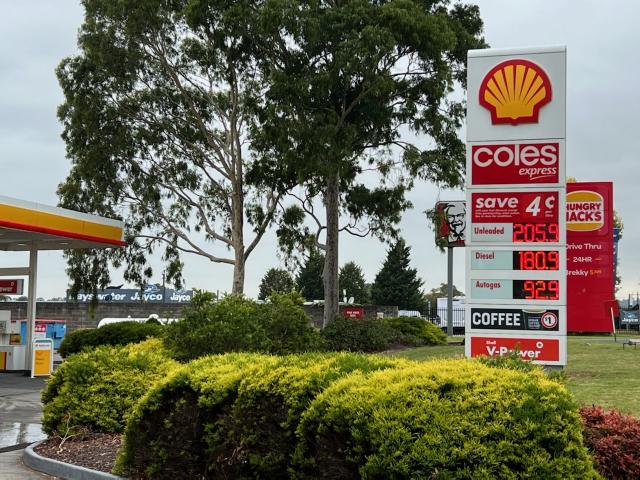
By Parker McKenzie
With underlying inflation hitting its highest level since 2009, residents in the Valley are seeing prices increase across the board.
The Annual Consumer Price index — which measures household inflation and includes statistics about price changes in household expenditure — has risen to 5.1 per cent in the last year and 2.1 per cent in the last quarter mainly due to rising construction costs and fuel prices.
In the past year, the price of food and non-alcoholic beverages has risen 4.3 per cent, housing costs has risen 6.7 per cent, and transport — including fuel— has risen 13.7 per cent among a raft of other rising costs.
Head of Prices Statistics at the Australian Bureau of Statistics Michelle Marquardt said the CPI recorded its largest quarterly and annual rises since the introduction of GST.
“Continued shortages of building supplies and labour, heightened freight costs and ongoing strong demand contributed to price rises for newly built dwellings. Fewer grant payments made this quarter from the Federal Government’s HomeBuilder program and similar state-based housing construction programs also contributed to the rise,” she said.
“The CPI’s automotive fuel series reached a record level for the third consecutive quarter, with fuel price rises seen across all three months of the March quarter.”
In the past year, fuel costs have risen by 35.1 per cent, with annual price inflation for fuel the highest it has reached since the 1990 Iraqi invasion of Kuwait.
The rise in CPI represents a challenge to the Liberal Federal Government’s 2022-23 budget, which predicted inflation would reach 4.25 per cent by the middle of the year, well below the increase reached by the end of the first quarter.
At a meet the candidates event at Healesville on Wednesday 27 April, several candidates for the Casey electorate discussed rising inflation and what it would mean for the community.
Liberal candidate Aaron Violi said the inflation rate is a significant increase on the target set by the government.
“Traditionally inflation is a demand-driven metric. If demand goes up, prices go up. This is different, this is a supply-driven challenge. It comes about because of the war in Ukraine, it comes about because of the supply chain challenges because of Covid,” he said.
“We’re at 5.1 per cent. The United States 8.1 per cent, the UK over 8 per cent. The reason we are at 5.1 per cent is because of the fuel exercise cut by 22c. It allowed you, myself and community groups to significantly reduce the pressure on businesses.”
Labor Candidate Bill Brindle said inflation is the highest it has been in 20 years.
“Everything is rising except wages, all costs are going through the roof,” he said.
“I want to be part of the government that looks after people and doesn’t leave people behind.”






